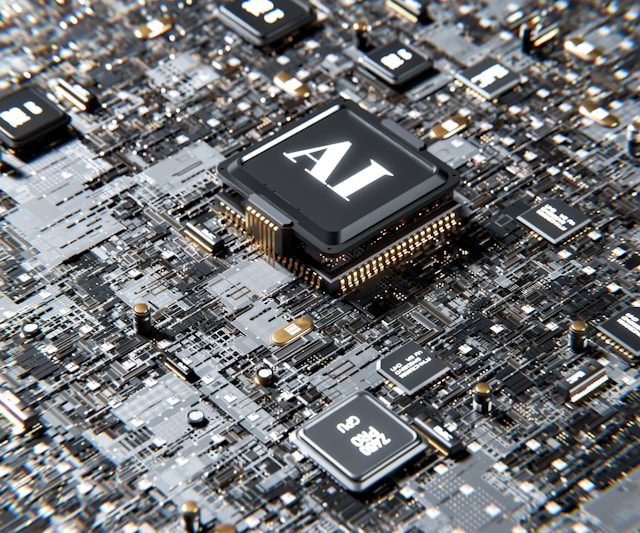Chipotle (CMG) is delving into the world of artificial intelligence as it seeks to enhance its recruitment process. ‘Ava Cado’, a new recruitment software built by software company Paradox, is the latest tool that the restaurant chain will use to chat with candidates in various languages, answer questions and collect basic information as part of its recruitment process.
AI for Hiring
Ava Cado is the new tool that Chipotle believes will help reduce the hiring time by up to 75% by increasing the hiring speed and strengthening its competitive edge in the labour market. The use of artificial intelligence tools comes when the company plans to hire 19,000 employees in preparation for the burrito season.
Nevertheless, Chipotle is not the only company that has turned to artificial intelligence tools to enhance its operations. In 2019, McDonald’s partnered with Paradox to introduce McHire, their proprietary virtual hiring assistant. According to Paradox, the AI tool has reduced the time it takes to hire hourly workers by 60% in just two years of using it.
Leaders in human resources worldwide are attempting to determine the most effective method of integrating AI into their processes. Since AI can be used to write emails, create job postings, and sort through applications, recruiting has long been a critical area of focus for many HR departments. Artificial intelligence-enabled recruiting is especially well-suited for distributed blue-collar hiring. AI is ready to be implemented in the restaurant, retail, warehouse, and distribution industries.
Energy Investments for AI
As artificial intelligence solutions continue to shape repetitive tasks such as hiring customer support and sales, tech giants are enhancing their energy investments to support the AI revolution.
According to data from the investment bank Goldman Sachs, deploying generative AI models into data centers will see an increase of 160% in energy demand by 2030. According to the data, data centers globally currently use around 2% of the world’s energy, and by 2030, that percentage is predicted to rise from 3% to 4%.
Consequently, tech giants led by Amazon (AMZN), Alphabet’s (GOOGL), Google and Microsoft (MSFT) are diverting their investments into clean energy solutions to power the data centers at the heart of the AI revolution.
Due to generative AI’s enormous energy consumption, Google signed a contract with Kairos Power to use small nuclear reactors to power its AI data centers. By 2030, the first reactor should be up and running, and by 2035, the others.
Microsoft and ChatGPT developer OpenAI are also making energy investments; the former signed an agreement to maintain operations at the Three Mile Island power plant. In March, Amazon declared its intention to purchase a nuclear data center located in Pennsylvania.
AI Tools for Healthcare
Separately, a dozen tech companies led by Nvidia (NVDA), Google, and Microsoft are poised to launch a series of artificial intelligence tools to revolutionize the healthcare sector.
Google is attempting to increase the number of its healthcare clients by using AI to reduce administrative burden. As a result, it has unveiled Vertex AI Search for Healthcare, which enables developers to create tools that assist physicians in conducting speedy searches across various medical records.
Microsoft (MSFT) revealed its suite of tools, which are still in the early stages and intended to reduce the administrative burden on clinicians. These tools include medical imaging models, a healthcare agent service, and an automated documentation solution for nurses.
Additionally, Nvidia is preparing to enhance the workload handling of HLTH’s physicians and nurses. Kimberly Powell, the company’s vice president of health care, will give a keynote address about how generative AI will enable medical professionals to dedicate more time to patient care.


